It's Half-Life 2 week at Ars Technica! This Saturday, November 16, is the 20th anniversary of the release of Half-Life 2—a game of historical importance for the artistic medium and technology of computer games. Each day up through the 16th, we'll be running a new article looking back at the game and its impact.
There has been some debate about which product was the first modern “triple-A” video game, but ask most people and one answer is sure to at least be a contender: Valve’s Half-Life 2.
For Western PC games, Half-Life 2 set a standard that held strong in developers’ ambitions and in players’ expectations for well over a decade. Despite that, there’s only so much new ground it truly broke in terms of how games are made and designed—it’s just that most games didn’t have the same commitment to scope, scale, and polish all at the same time.
To kick off a week of articles looking back at the influential classic, we’re going to go over the way it was made, and just as importantly, the thought that went into its design—both of which were highly influential.
A story of cabals and Electronics Boutique
Development, design, and production practices in the games industry have always varied widely by studio. But because of the success of Half-Life 2, some of the approaches that Valve took were copied elsewhere in the industry after they were shared in blog posts and conference talks at events like the Game Developer’s Conference (GDC).
The cabals of Valve
Valve is famous for influencing many things in gaming, but it was most influential in its relatively flat and democratic team structure, and that played out even during Half-Life 2’s development in the early 2000s. While many studios are broken up into clear departments big and small for different disciplines (such as art, level design, combat design, narrative design, AI programming, and so on), many parts of Valve’s Half-Life 2 team consisted of a half-dozen multi-disciplinary small groups the company internally called “cabals.”
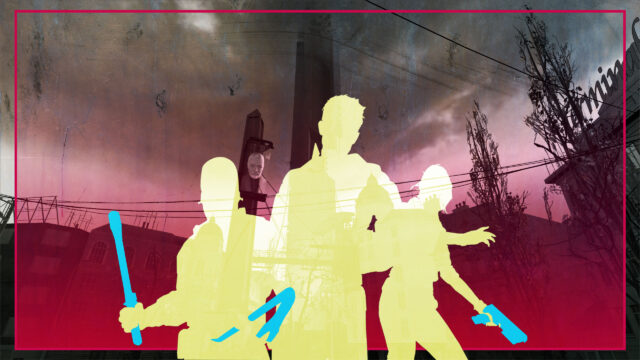

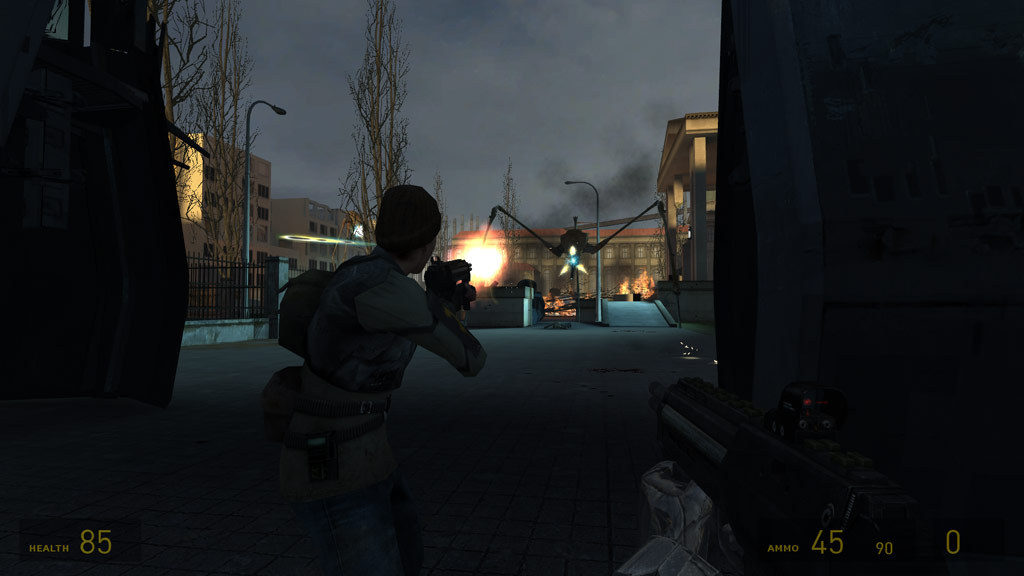
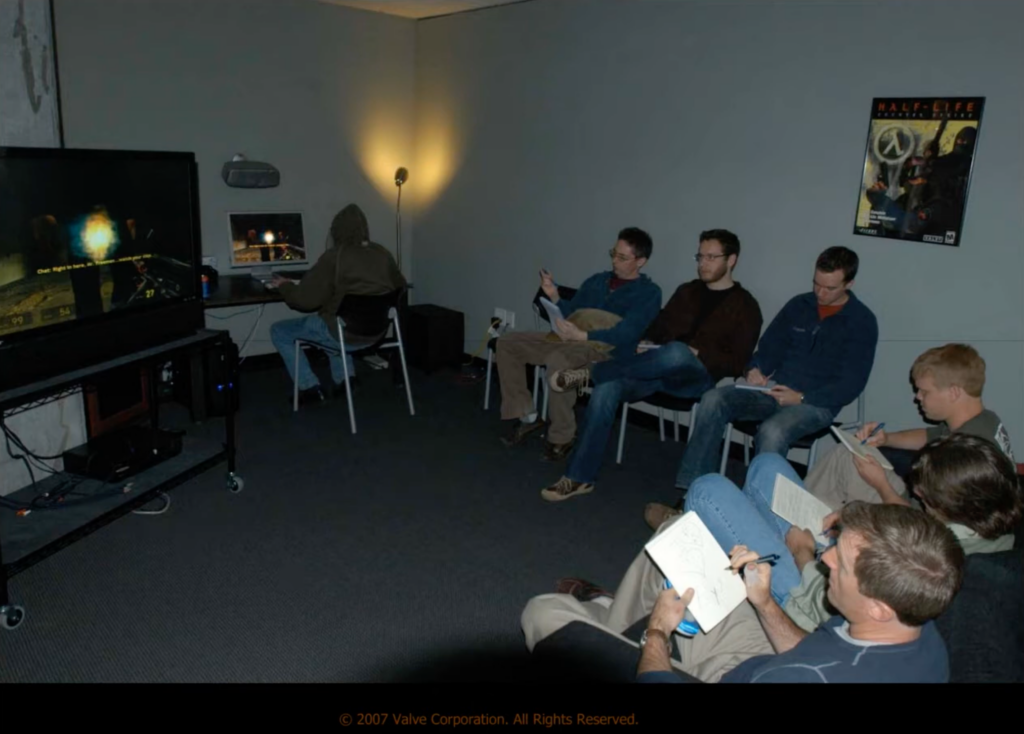
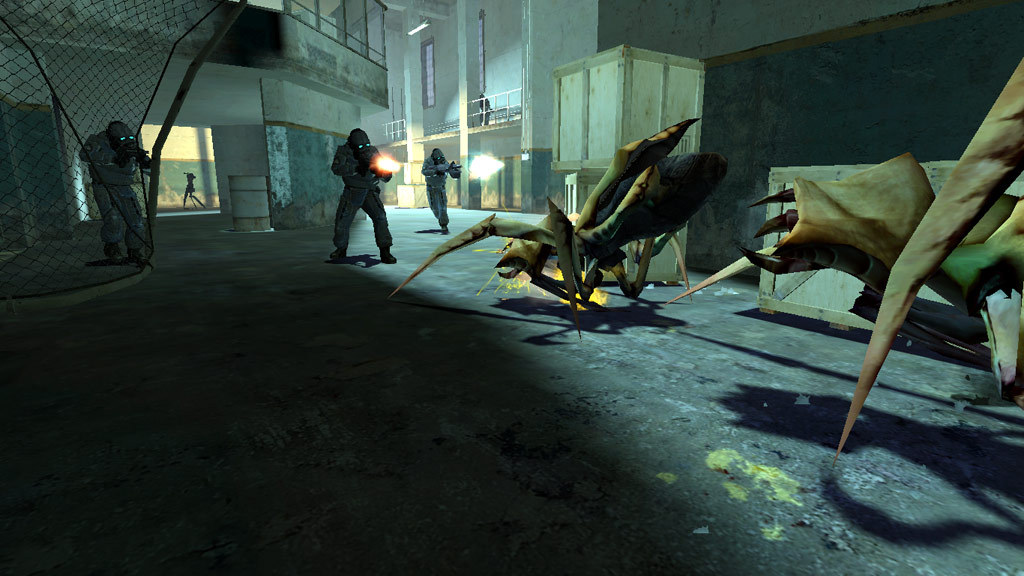
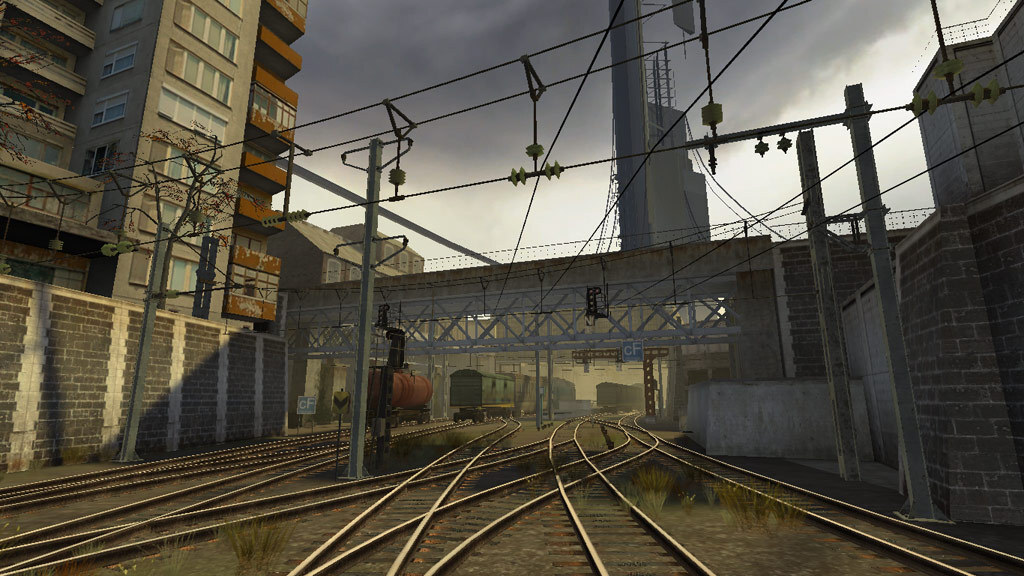

 Loading comments...
Loading comments...
